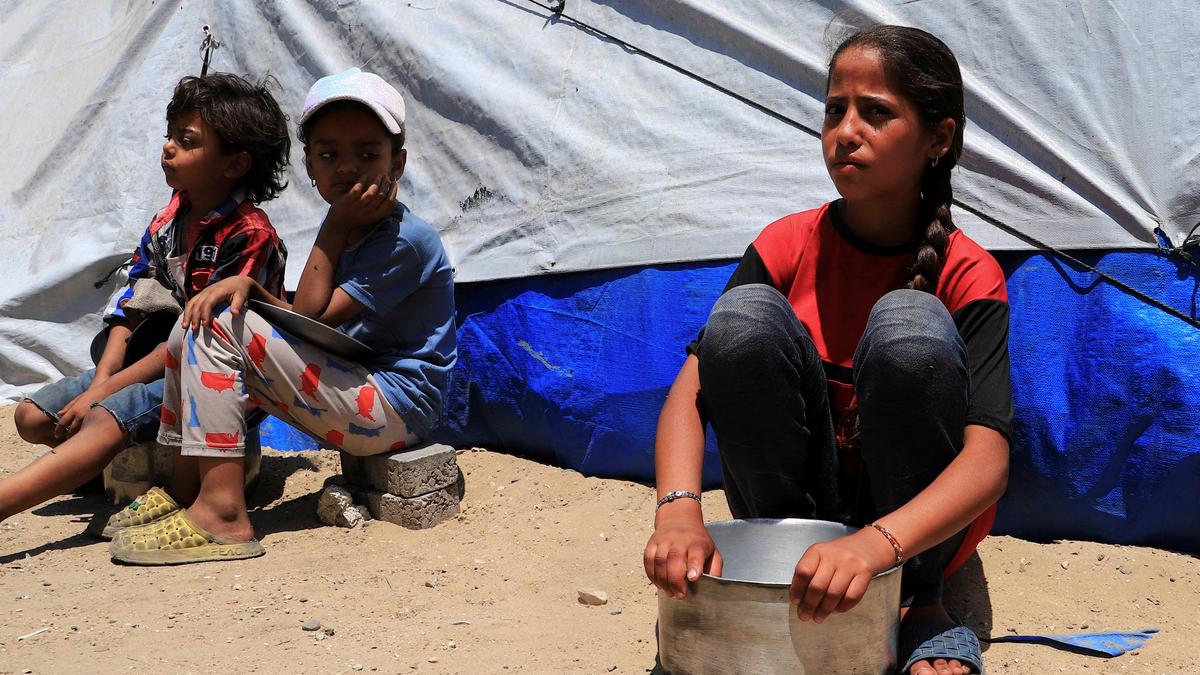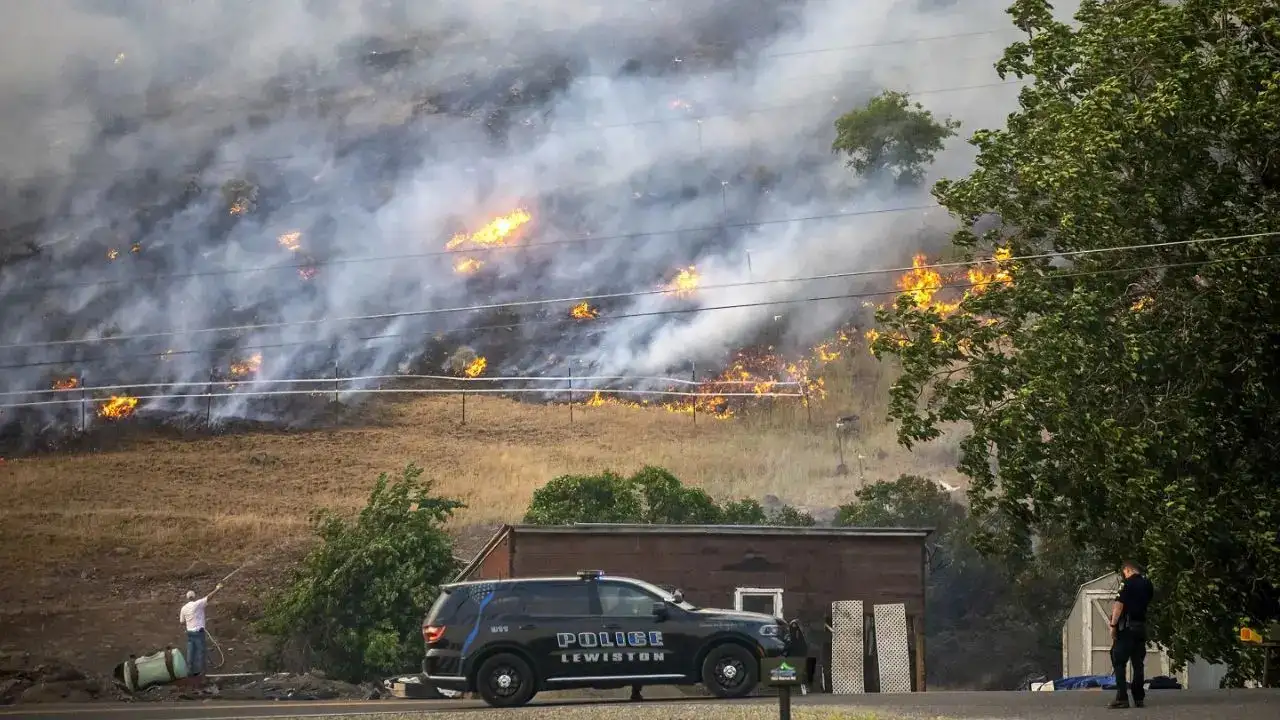
The ongoing conflict in Gaza has reached alarming levels, not only in terms of violence but also in the devastating toll it is taking on the health and well-being of its civilian population. Recent reports from the United Nations reveal that malnutrition rates in Gaza have *doubled in recent months*, a stark indicator of the worsening humanitarian crisis. As Israeli military strikes intensify, with reports confirming over 90 casualties in the latest rounds of violence, the civilian suffering has escalated to unprecedented levels. This blog delves into the intricate connection between ongoing military hostilities and the surge in malnutrition, examining the underlying causes, current impacts, and potential pathways to aid and recovery.
Understanding the Rising Malnutrition Rates in Gaza
The Scope and Scale of the Crisis
According to the United Nations, malnutrition in Gaza has *doubled over the past few months*, signaling a dire nutritional crisis among the most vulnerable populations, especially children, pregnant women, and the elderly. This surge is not incidental but closely linked to the compounded effects of military conflict, economic restrictions, and disrupted supply chains. Food insecurity is rapidly becoming a daily reality for many Gazans, with scarcity of essentials leading to a decline in nutritional intake across households.
Factors Contributing to Malnutrition
The escalation in malnutrition can be attributed to several interrelated factors:
- Disruption of Food Supply Chains: Israeli strikes damage key infrastructure, including roads and marketplaces, preventing food from reaching the populace. Supply shortages are exacerbated by blockades and import restrictions, curtailing the availability of nutritious foods.
- Economic Deterioration: The longstanding blockade has crippled Gaza’s economy, leaving many families without stable income. This economic strain severely limits their ability to purchase adequate food supplies.
- Healthcare System Collapse: The ongoing conflict hampers access to healthcare and nutrition services, making it difficult to identify and treat malnutrition timely.
- Displacement and Psychological Stress: Families forced to evacuate their homes due to strikes and fears are often displaced without access to proper shelter, nutrition, and sanitation, heightening their vulnerability.
Impact of Israeli Strikes and Casualties on Civilians
Recent Casualty Reports and Their Implications
Recent reports, as highlighted by U.S. News & World Report, reveal a sobering picture: over 90 civilians have been killed in recent Israeli strikes. These strikes destroy homes, infrastructure, and vital services, deepening the humanitarian crisis and compounding existing vulnerabilities.
Casualties and Psychological Toll
Each casualty represents not just a loss of life but also a disruption to families and communities. The psychological trauma inflicted upon survivors—especially children—cannot be overstated. The relentless violence fuels fear, despair, and a sense of hopelessness, further undermining community resilience and health outcomes.
Linkage Between Violence and Nutritional Decline
Breaking Down the Cycle
The ongoing violence creates a vicious cycle where military strikes directly damage food production and healthcare infrastructure, while simultaneously worsening economic conditions. For instance, destruction of agricultural land, water sources, and storage facilities hampers food production, leading to shortages. Moreover, injuries sustained in attacks often require medical attention that families cannot access, resulting in untreated conditions, including malnutrition.
Impact on Vulnerable Groups
– Children: Malnutrition stunts growth, weakens immune systems, and impairs cognitive development.
– Pregnant Women: Insufficient nutrition increases risks of complications during pregnancy and adversely affects fetal development.
– Elderly and Chronically Ill: Disrupted access to health and nutrition services worsens their conditions and survival prospects.
International Response and Challenges
Humanitarian Aid in a Conflict Zone
NGOs and UN agencies are actively attempting to provide relief—delivering food, medical supplies, and nutritional support amid ongoing hostilities. However, access remains a significant challenge due to security concerns, blockades, and the destruction of infrastructure. Efforts to establish safe corridors for aid delivery are ongoing but often hindered by the fluid and dangerous situation on the ground.
Limitations and Obstacles
– Political disagreements and restrictions often delay the delivery of essential supplies.
– Continuous conflict increases the risk for aid workers and complicates logistics.
– The economic blockade further limits the import of diverse and nutritious foods into Gaza.
Looking Forward: Potential Solutions and International Responsibilities
Strategies to Mitigate Malnutrition
– **Enhanced Humanitarian Access**: Negotiating ceasefires or temporary truces to allow the free flow of food and medical aid.
– **Support for Local Agriculture**: Providing resources and technical assistance to restart local food production and reduce dependence on imports.
– **Healthcare System Revitalization**: Restoring clinics and nutritional services to identify and treat malnutrition early.
– **Economic Support Programs**: Initiatives aimed at job creation and income support for vulnerable families.
The Role of the International Community
World powers, humanitarian organizations, and the United Nations have a moral and practical obligation to prioritize the safeguarding of civilian lives and health. Diplomatic efforts should focus on reducing hostilities, ensuring aid access, and addressing root causes of the cycle of violence and deprivation.
Conclusion: Urgent Need for a Holistic Response
The doubling of malnutrition rates amid escalating Israeli strikes underscores a critical humanitarian emergency in Gaza. The damage inflicted extends beyond physical destruction—it threatens the very fabric of community health and survival. Addressing this crisis necessitates a comprehensive approach involving immediate humanitarian aid, strategic international pressure to halt hostilities, and long-term investments in rebuilding Gaza’s health and economic systems. Only through coordinated and sustained efforts can the cycle of violence and suffering be broken, paving the way toward stability and hope for Gaza’s resilient people.
For more updated news please keep visiting Prime News World.








